Easter
Ukrainian Canadian Easter Celebrations
Easter begins with a fast. Great Lent is the most important fast of the calendar year and the one that people do their best to observe. One week before Easter, Ukrainians on the prairies observe Palm Sunday, which most call Pussy Willow Sunday. The choice of pussy willows in areas like Ukraine was motivated by the fact that, prior to international trade, palm fronds were somewhere between difficult and impossible to obtain. It is also possible that the fact that the pussy willow is one of the first plants to bud after the cold of winter led to an association between this plant and new life in the resurrection of Jesus Christ.
Pussy Willow Sunday includes the blessing of a substance, in this case the willows, which people take home and use to ward off storms. The week between Pussy Willow Sunday and Easter is called Holy Week and it is a week of preparation involving the cleaning of the home and the baking of Easter breads, the paska and the baba or babka. Making the Easter eggs (pysanky) that people often equate with Ukrainian culture is typically not a part of Holy Week. Pysanky seem to have lost their association with Easter ritual and become an art form that can be practiced at any time of the year. The paska and babka, plus eggs, meat such as ham and kovbasa (sausage), condiments, and cheese and butter products, are assembled into an Easter basket. Easter Sunday begins with the blessing of Easter baskets, although prairie conditions do force flexibility in scheduling this event. The baskets are then taken home and the fast of Great Lent is broken with the consumption of basket contents. In urban churches and in a number of rural churches, the Easter complex ends with Provody, a service followed by a grave blessing which brings the good news of Easter to ancestors who have passed away. Where it is held, Provody serves as the occasion for people who have moved away from the farmlands where their ancestors had originally settled to return and visit the gravesites of their relatives and to reconnect with their ancestors and their heritage.
——————————————————————————–
Instructions
Here are the steps to make a simple pysanka
(Easter Egg).
This is what you need: yellow, green, orange, red, and black dyes.
A candle, a kistka, wax, and an egg.
 |
 |
 |
 |
 |
 |
——————————————————————————–
Lines are drawn on the egg with wax.
The egg is put in dye.
More lines are drawn.
Finally, all the wax is removed by holding the egg near a candle flame and the melted wax is wiped off with a paper towel.
Here are the individual steps in making a simple pysanka. If you click a picture you will see an egg which you can rotate and tilt.
 |
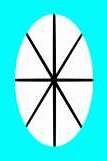 |
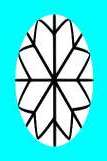 |
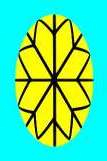 |
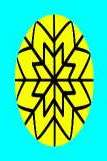 |
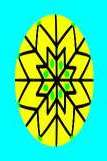 |
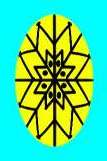 |
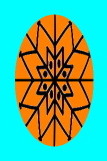 |
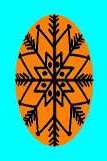 |
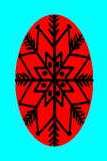 |
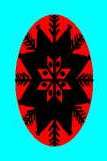 |
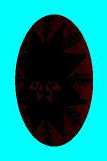 |
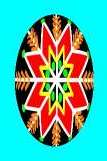 |

